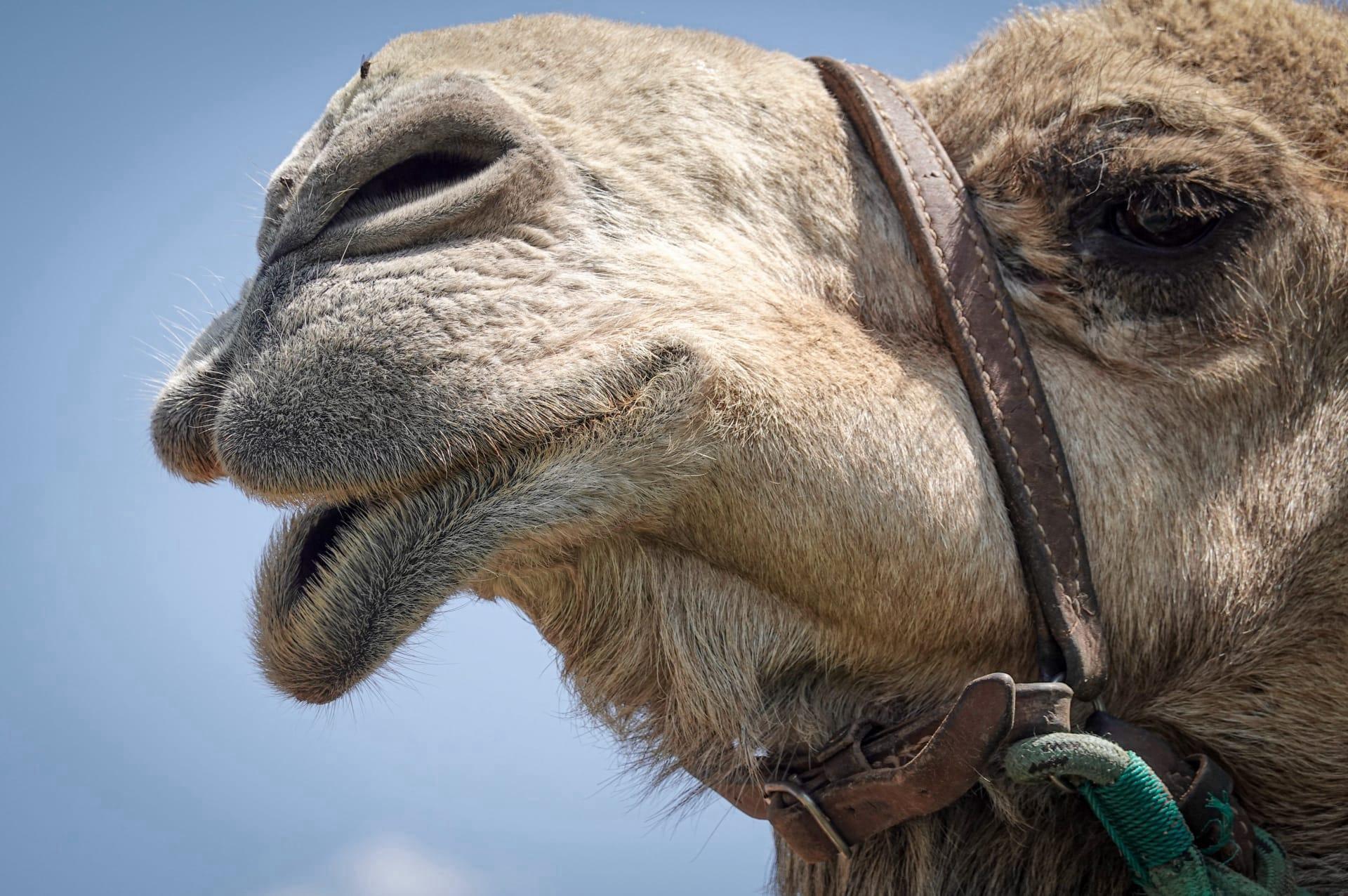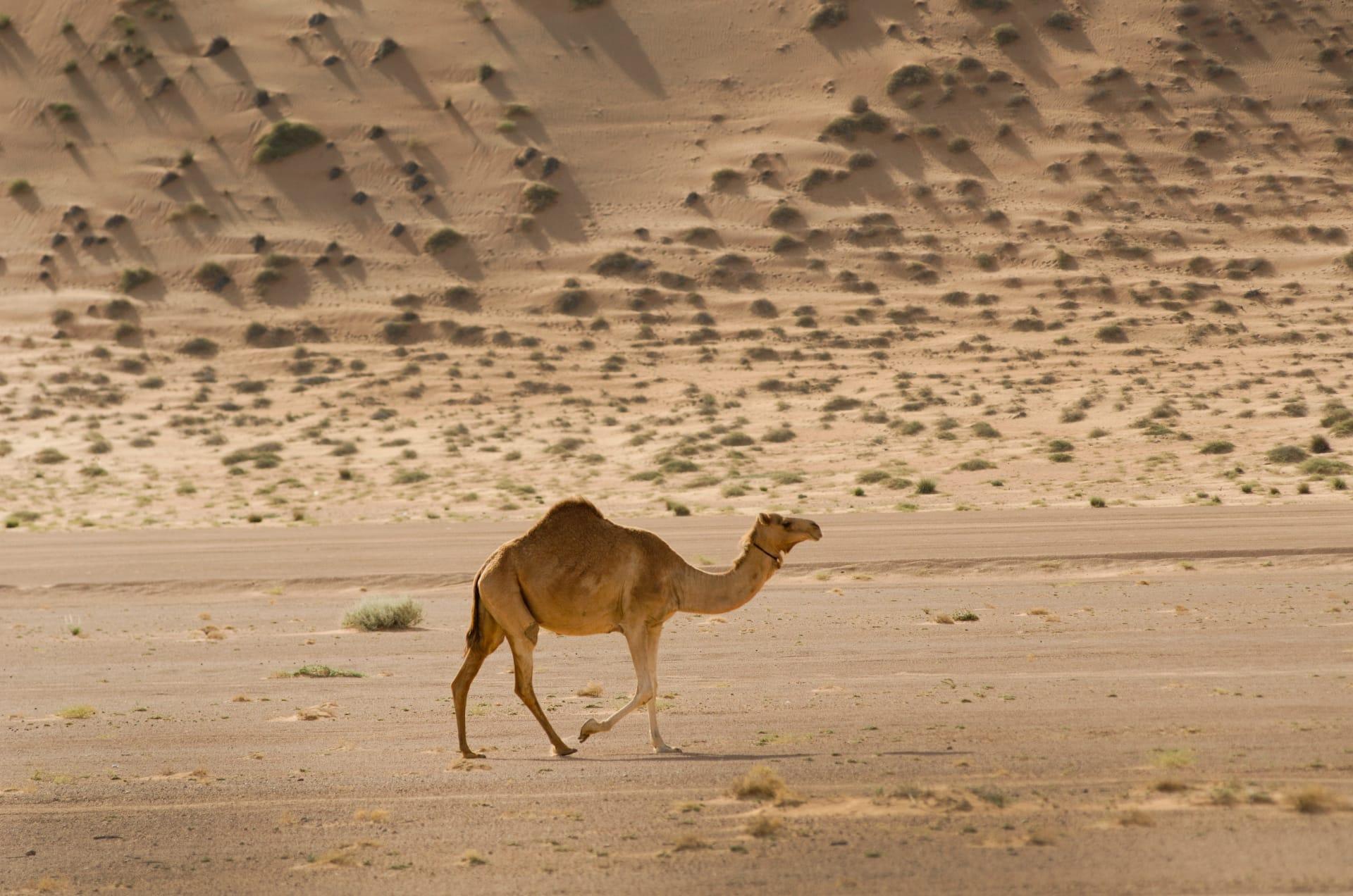Camel Characteristics
- Home /
- Mini Encyclopedia /
- Animal /
- Camel Characteristics
1
Camels, known for their unique adaptations to harsh environments, are fascinating creatures. Physically, they are large mammals, with adults reaching up to 7 feet (2.1 meters) in height at the shoulder and weighing between 880 to 1,320 pounds (400 to 600 kilograms). Their lifespan is impressive, living on average for 40 to 50 years. This longevity is a testament to their resilience and adaptability in challenging habitats.
One of the most distinctive organs of a camel is its hump. Contrary to popular belief, the hump doesn't store water. Instead, it's a reservoir of fatty tissue. In times of food scarcity, the fat can be converted into energy and water. This adaptation is crucial for survival in arid environments where food and water are scarce. The hump's size fluctuates based on the camel's nutritional state, growing smaller as its fat reserves are used.

2
Question: Do camels really store water in their humps?
Answer: No, camels do not store water in their humps. This is a common misconception. The hump of a camel actually stores fat, which the camel can metabolize into water and energy when food and water resources are scarce. The camel's ability to go long periods without water is due to its efficient water conservation techniques. These include unique bodily functions that minimize water loss, such as producing very dry feces and excreting concentrated urine.

3
Camels are known for their unique gait, called a "pace," where they move both legs on one side of their body simultaneously. This swaying motion, often compared to the rolling motion of a ship, is energy-efficient and helps them travel long distances in desert conditions with minimal fatigue. Their top speed can reach up to 40 miles per hour (64 kilometers per hour) in short bursts and 25 miles per hour (40 kilometers per hour) over longer distances.
In terms of predation, camels are herbivores and do not hunt. Their diet mainly consists of dry grasses, grains, and wheat, which they can digest efficiently thanks to their complex, multi-chambered stomachs. This dietary adaptation allows them to thrive in environments where vegetation is sparse and of low nutritional quality.

4
The natural habitat of camels includes arid deserts and steppes where extreme temperatures and scarce water are the norms. They are primarily found in the Middle East, North Africa, and Central Asia. Their bodies are well-adapted to these environments, with features like long eyelashes and sealable nostrils to keep out sand, and wide, padded feet to prevent sinking in the sand.
Regarding reproduction, camels have a mating season that is influenced by their environmental conditions, typically occurring when conditions are favorable for raising offspring. Female camels carry their young for about 13 months before giving birth. The young camels, or calves, are born well-developed and can stand and walk shortly after birth. This quick development is crucial for survival in nomadic and harsh environments.

5
Book: "The Camel's Nose: Memoirs of a Curious Scientist" by Knut Schmidt-Nielsen. This autobiographical book, written by a renowned physiologist, delves into the intriguing aspects of camel physiology. Schmidt-Nielsen's work, primarily in the United States in the 20th century, offers insightful views into how camels conserve water and regulate body temperature.
Book: "Camels: A Portrait of the Animal World" by Paul Sterry. Published in the United Kingdom, this book presents an extensive look into the world of camels. Sterry, through vivid photography and detailed descriptions, covers various aspects of camel biology, behavior, and their role in human cultures. The book is an accessible resource for anyone interested in these resilient desert dwellers.